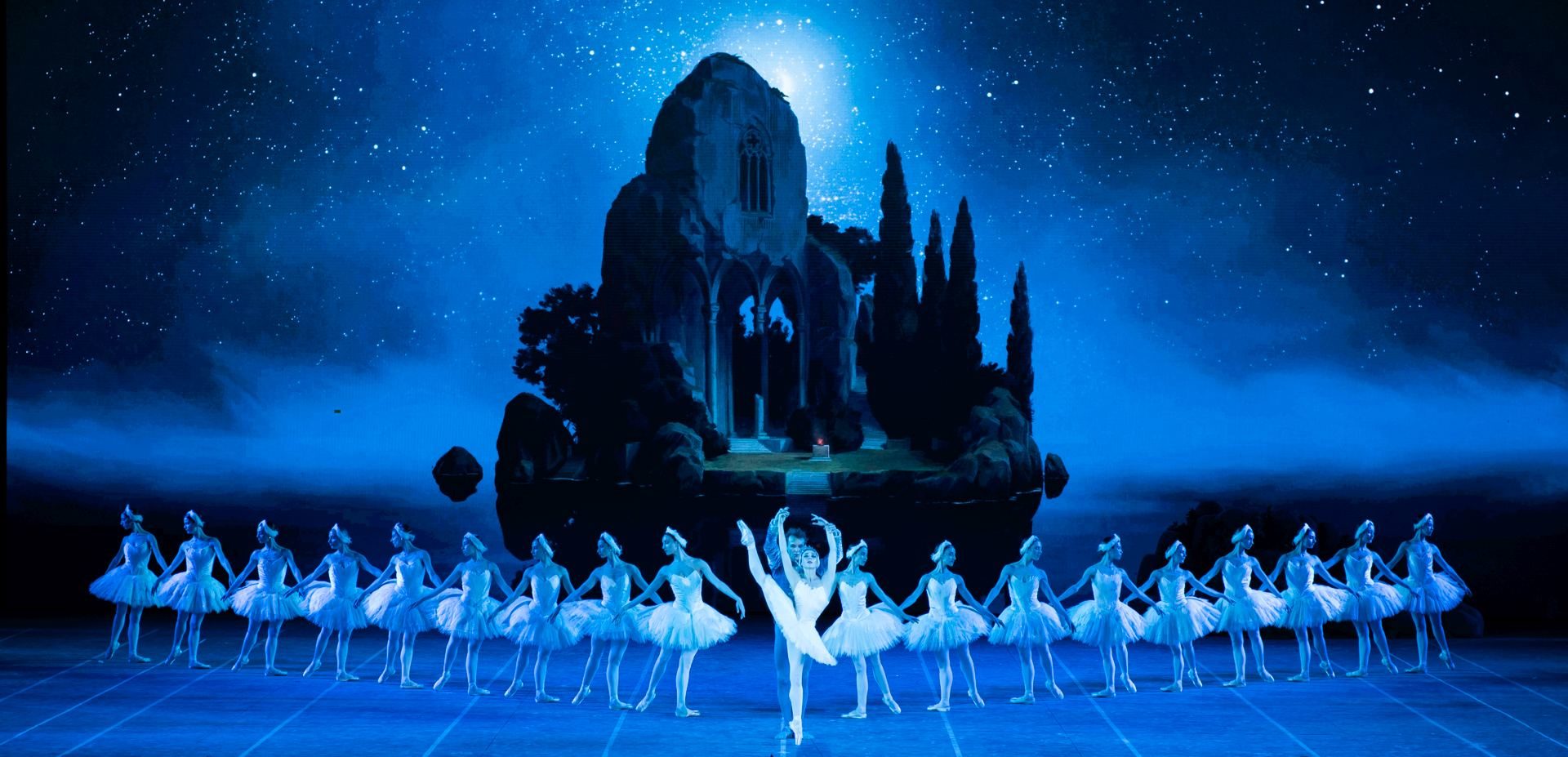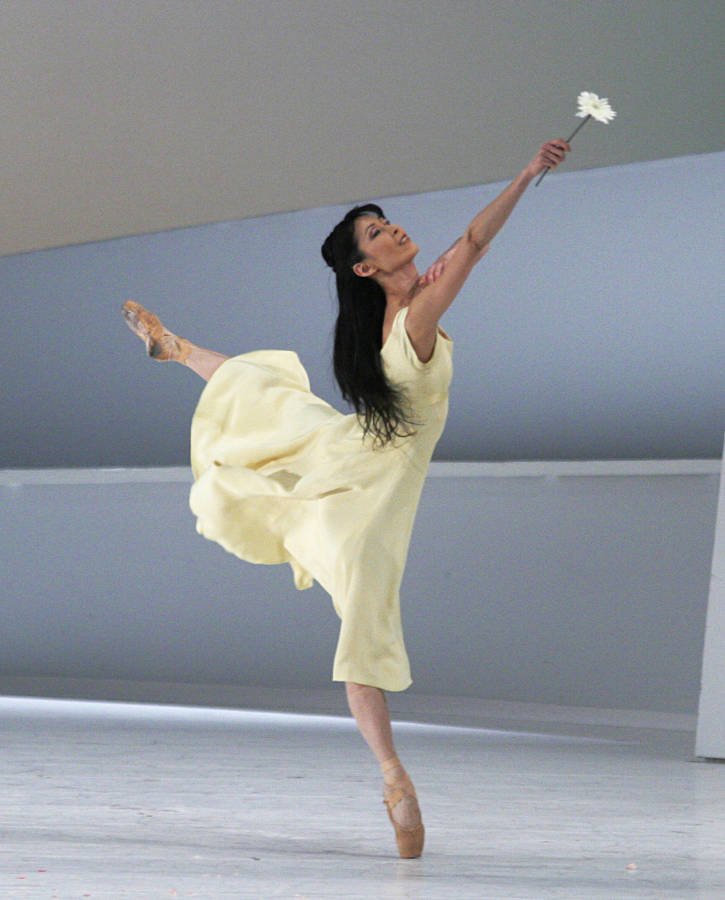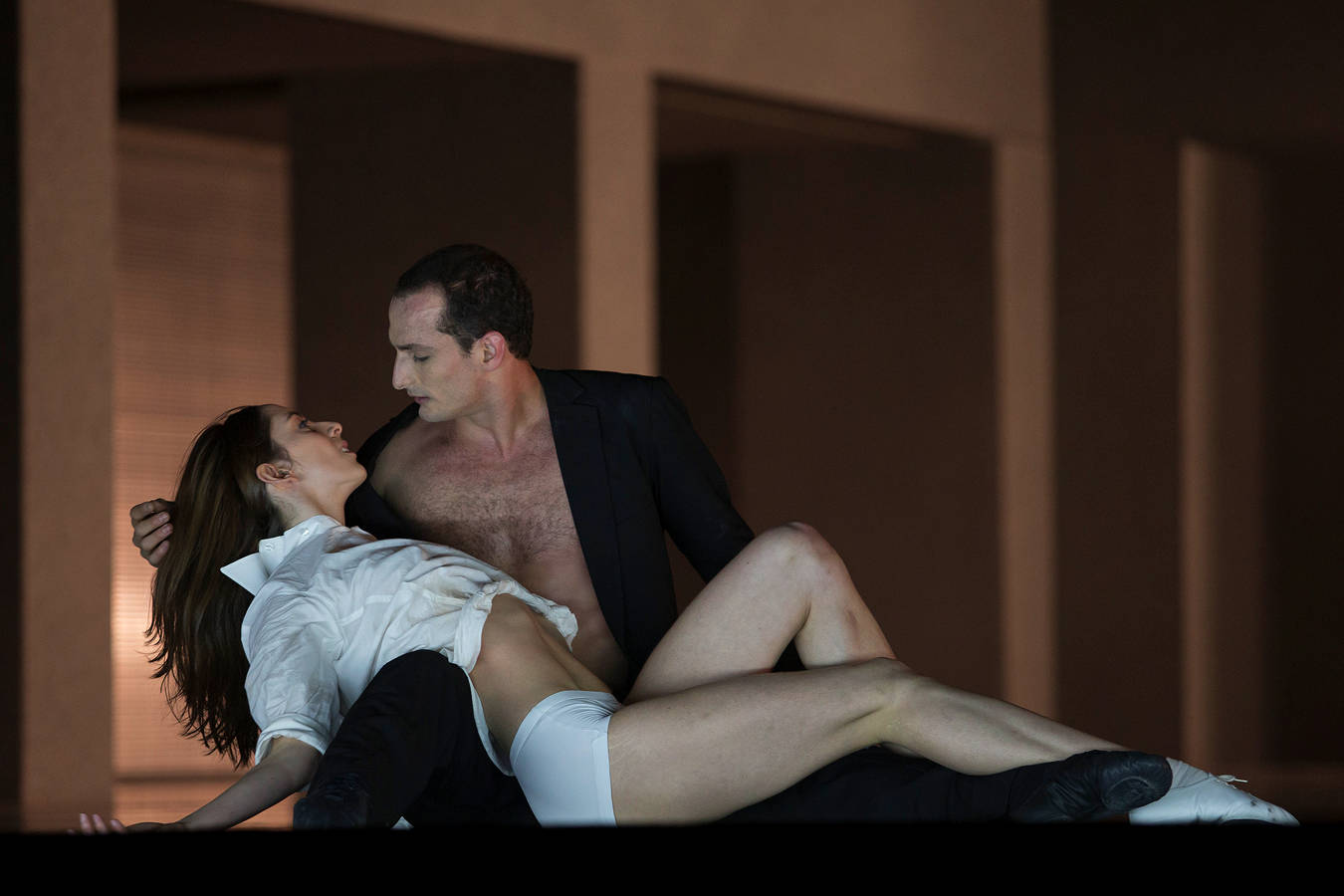Marzipan and Sweetmeats
“The Nutcracker”
Semperoper Ballet
Semperoper
Dresden, Germany
November 22, 2014
by Ilona Landgraf
Copyright © 2014 by Ilona Landgraf
 While Dresden is just starting to build up the numerous stalls for its famous Christmas markets, Semperoper Ballet has already begun to put audiences in a festive mood with the first of a series of sixteen “Nutcrackers”.
While Dresden is just starting to build up the numerous stalls for its famous Christmas markets, Semperoper Ballet has already begun to put audiences in a festive mood with the first of a series of sixteen “Nutcrackers”.
Rather restrained in choreographing, Semperoper Ballet’s artistic director Aaron S. Watkin replaced John Neumeier’s version of the “Nutcracker” which had been in the company’s repertory until 2010 by his own new creation in 2011. As with “Coppélia” which also premiered in 2011, Watkin collaborated with Jason Beechey, rector of Dresden’s Palucca School for Dance. Putting aside historical records they created completely new choreography yet firmly grounded on classical movement vocabulary. Both two acts of the ballet involve a great number of students of the Palucca School of Dance giving the Christmasy goings-on and the festivities at the Land of Sweets a natural and vivid atmosphere. Almost the whole school participates, around thirty students of different age per cast complemented by eight little children as Polichinelles. (more…)




